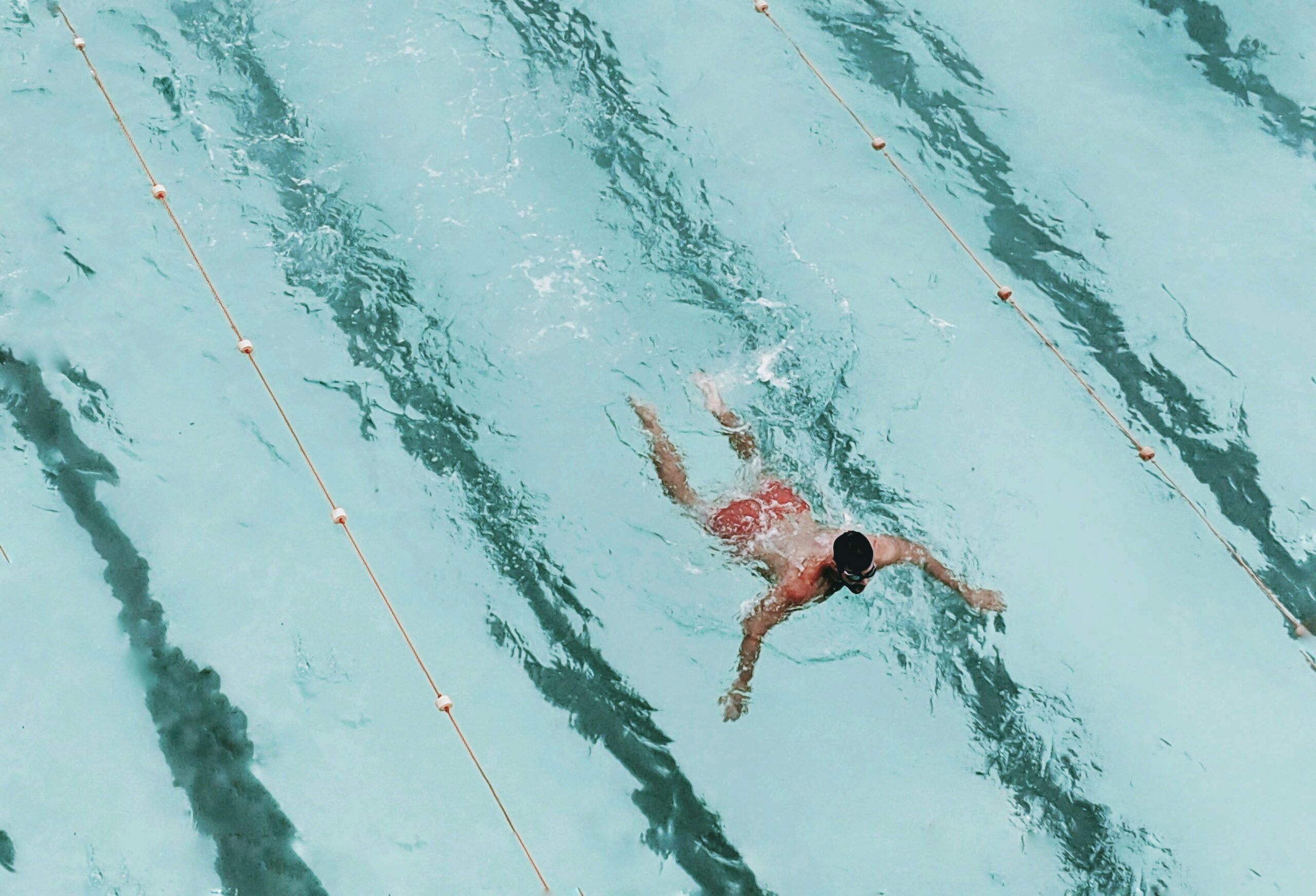https://github.com/CMU-Perceptual-Computing-Lab/openpose
Pose estimation is one of the fascinating applications of computer vision and machine learning, where the goal is to predict the configuration of human joints (or keypoints) in images or video frames. It’s widely used in areas like motion capture, human-computer interaction, sports analysis, augmented reality (AR), and self-driving cars where understanding human movement is critical.
In this article, we’ll explore what pose estimation is, how it works, and some of the key algorithms and use cases driving its innovation.
What is Pose Estimation?
Pose estimation refers to the process of detecting the positions and orientations of objects or people in images, focusing particularly on key points of interest like joints (e.g., elbows, knees, shoulders, etc.). In human pose estimation, these key points form a “skeleton” that represents the person’s pose in two or three dimensions.
- 2D Pose Estimation: Identifies the x and y coordinates of keypoints in a single image.
- 3D Pose Estimation: Estimates the x, y, and z coordinates to determine the pose in a three-dimensional space.
Why is Pose Estimation Important?
Pose estimation opens up several possibilities in areas where understanding human movement is key:
- Sports and Fitness: Pose estimation is used to analyze the performance of athletes, tracking movements and providing feedback to enhance training.
- Healthcare: In rehabilitation, pose estimation helps monitor patients’ physical movements to assess recovery.
- Virtual and Augmented Reality (VR/AR): Enables immersive experiences by tracking body movements and replicating them in virtual environments.
- Autonomous Systems: In robotics or self-driving cars, understanding human poses helps machines predict and respond to human actions.
How Does Pose Estimation Work?
Pose estimation is powered by machine learning algorithms, particularly deep learning techniques in computer vision. The process typically involves the following key steps:
1. Keypoint Detection
In the first step, the algorithm detects specific body parts or keypoints in the image. These keypoints usually correspond to joints like elbows, knees, and wrists. Models are trained on labeled datasets where the positions of the keypoints are annotated manually. The goal is to learn to identify these same keypoints in new, unseen images.
2. Skeleton Construction
Once the keypoints are detected, a “skeleton” is formed by connecting these points with lines that represent body parts. This skeleton provides a simplified, abstract representation of the human pose.
3. Pose Inference
After the skeleton is constructed, algorithms infer the posture and orientation of the person. This information can then be used to interpret actions, gestures, and movements.

